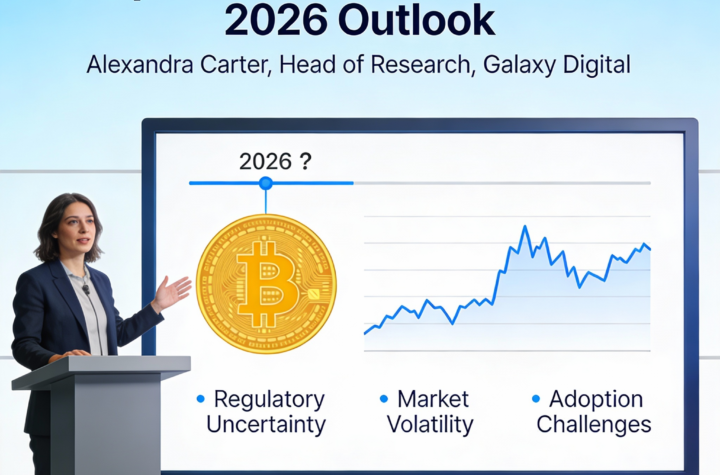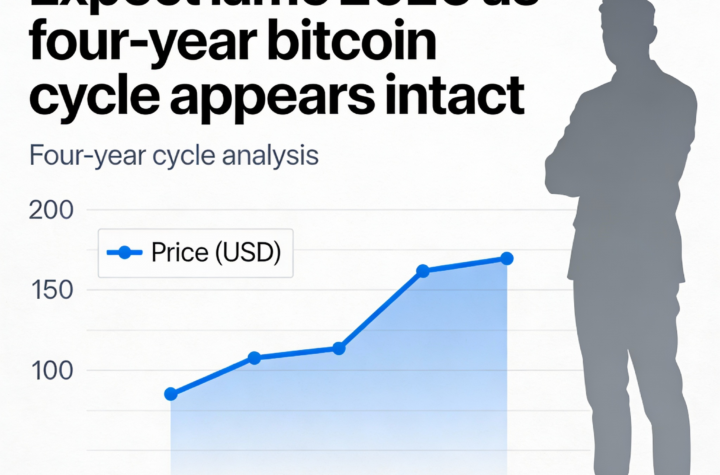
Bitcoin Turns 17: From Cypherpunk Experiment to Cornerstone of Modern Finance
Seventeen years ago, an anonymous figure named Satoshi Nakamoto published a nine-page document that would redefine money. Bitcoin: A Peer-to-Peer Electronic Cash System, released on October 31, 2008, proposed a radical idea — a financial network built on cryptographic proof rather than institutional trust.
Born amid the wreckage of the global financial crisis, the Bitcoin whitepaper offered a vision of digital cash free from central banks and governments. Few could have imagined that this anti-establishment experiment would one day anchor trillion-dollar markets and attract the attention of presidents and asset managers alike.
From Rebellion to the Mainstream
Satoshi’s design promised a trustless, peer-to-peer payment system where no intermediary could censor transactions or manipulate money. “We have proposed a system for electronic transactions without relying on trust,” Nakamoto wrote.
Seventeen years later, that system has evolved far beyond its cypherpunk origins. Bitcoin now sits at the heart of institutional finance. U.S. spot Bitcoin ETFs — launched less than two years ago — have accumulated over $62 billion in net inflows and more than $150 billion in assets, according to SoSoValue. Once rejected by traditional finance, Bitcoin is now one of its fastest-growing investment products.
The Politics of Adoption
Bitcoin’s mainstream ascent has mirrored a broader shift in political attitudes.
Former U.S. President Donald Trump, who in 2021 dismissed Bitcoin as a “scam against the dollar,” reversed course by 2024. During his campaign, he urged supporters to “never sell your bitcoin” and, once back in office, signed an executive order creating a U.S. Bitcoin strategic reserve.
Larry Fink, the CEO of BlackRock, once called Bitcoin an “index of money laundering.” Today, he champions it as a legitimate hedge against sovereign debt instability and leads one of the world’s largest Bitcoin ETF providers.
Even MicroStrategy’s Michael Saylor — who once predicted Bitcoin’s collapse — has become one of its most vocal advocates, converting his company’s balance sheet into a long-term BTC treasury through stock and debt offerings.
The outlier remains JPMorgan CEO Jamie Dimon, who continues to question Bitcoin’s intrinsic value, even as his firm expands digital asset services and allows clients to use Bitcoin as collateral.
A Revolution Reversed?
To many early adopters, Bitcoin’s rise from digital rebellion to regulated asset marks a philosophical turning point. The cryptocurrency that once promised money “outside the system” now trades on major exchanges, sits in ETFs, and occupies boardroom discussions.
Its transformation into a store of value — rather than a peer-to-peer payment tool — has made it a new form of digital gold, but also, in the eyes of purists, a symbol of compromise. What was designed to challenge central authority now coexists with it.
Enduring Tensions and Emerging Risks
Despite its maturity, Bitcoin still faces deep structural questions.
Transaction fees have fallen to their lowest levels since 2010, highlighting a paradox: while low fees benefit users, they reduce incentives for miners who secure the network. As block rewards continue to halve every four years, concerns grow about the long-term sustainability of Bitcoin’s security model.
Meanwhile, the developer community remains divided. A debate between Bitcoin Core and Bitcoin Knots centers on whether the network should restrict non-monetary data like Ordinals. Supporters of limits argue it’s necessary to preserve Bitcoin’s efficiency; critics see it as censorship that undermines its open and permissionless ethos.
Beyond software disputes, quantum computing represents an external threat still without a definitive solution. If quantum machines advance enough to break Bitcoin’s cryptography, the foundation of the network’s security could be at risk.
Seventeen Years Later: A Paradox Fulfilled
“Bitcoin has clearly arrived — it’s accepted by Wall Street, and it’s holding strong above $100,000,” said early adopter Nicholas Gregory. “But its long-term relevance depends on more than price. It has to remain usable as money — and adaptable to the technologies that could challenge it.”
Seventeen years on, Bitcoin stands at a crossroads between rebellion and regulation, idealism and integration. It has conquered Wall Street but risks losing the very ethos that made it revolutionary.
Satoshi’s experiment has not only survived — it has reshaped global finance. The open question now is whether Bitcoin’s next decade will reaffirm its roots or cement its place as the establishment’s most unlikely success story.





More Stories
According to Galaxy Digital’s research chief, Bitcoin faces a highly unpredictable 2026.
According to Fidelity’s Jurrien Timmer, 2026 could be underwhelming while Bitcoin’s four-year cycle remains intact.
BlackRock’s Bitcoin ETF attracts $25 billion over the year, defying the recent Bitcoin downturn.